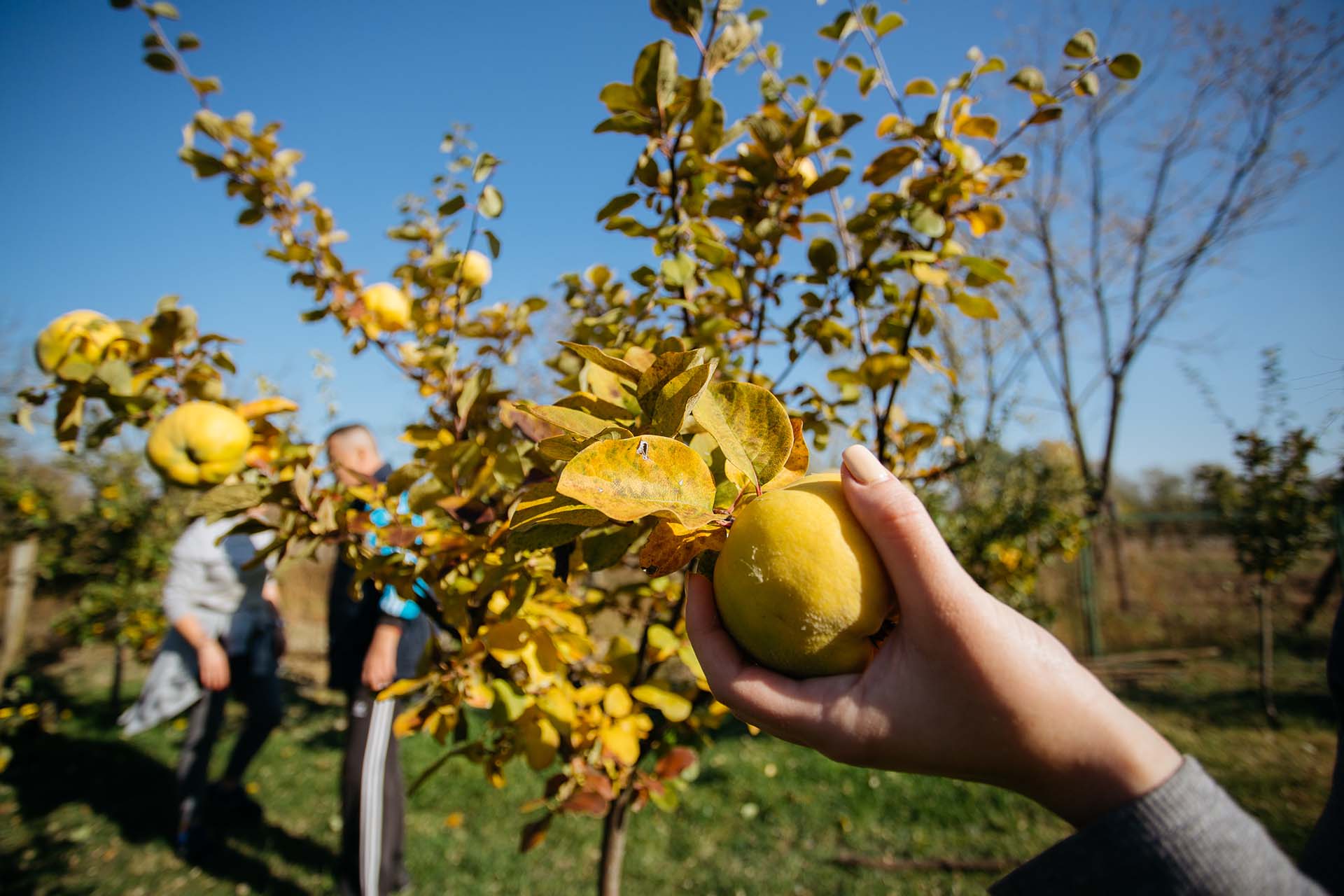Jul
When is a fruit considered ripe and how to speed up its ripening?
The ripeness of fruits and vegetables is determined depending on whether they will be used for consumption, fresh storage, or further processing, by applying the criteria for selecting the degree of ripeness for each type of fruit and vegetable, bearing in mind that the process of growth, maturity and ripening differs for each of them and manifests differently in terms of the properties of fruits and vegetables.
For example, berries are relatively short-lived after picking, while changes are much slower in nuts, which therefore have a longer lifetime.
This topic is of particular importance for those who process fruits and vegetables, since green and unripe fruits are not used in machining, and the presence of such fruits significantly affects the taste and quality of products, which impair to the point of unusability.
For the needs of fruit processing, therefore, the most important phase is the ripening of the fruit, which – often in the fruit itself after picking – takes place after the maturity stage, and which leads to its commercial maturity. During fruit ripening, a series of physiological processes take place, which is a consequence of biochemical reactions in fruit cells. As the temperature rises, all these processes take place faster, but the opposite is also applicable.
How do we know that the fruit is in the process of ripening?

Ripening of fruits, among other things, is manifested in the following ways:
- skin discoloration: as unripe fruit is characterized by a green color derived from the pigment chlorophyll, other natural colors such as carotenoids (orange), flavones (yellow), and anthocyanins (red) appear during ripening
- by softening the texture of the fruit: due to hydrolysis, insoluble protopectins are converted into soluble pectin
- by developing the characteristic smell and taste, i.e. aromas
What is considered a ripe fruit?
The processes that cause fruit ripening are influenced by numerous external and internal factors such as temperature, microorganisms, enzymes, light, ventilation, the composition of the atmosphere in which the fruit is located, and many others.
The maturity of fruits and vegetables, however, is not an unambiguous term, because botanical, technological, and consumer maturity differ.
- Botanical or physiological maturity means that fruits and vegetables have the maximum size and that their seeds are ripe and capable of reproduction.
- Technological maturity means that the fruits of fruits and vegetables are the best for processing at that stage.
- Consumer maturity refers to the suitability of fruits and vegetables for consumption because it has the best quality, and that is immediately after picking the fruit.
Physiological and consumer maturity can coincide, but it is not often the opposite: in fruits, physiological maturity occurs before, and in vegetables, consumer maturity. Also, consumer and technological maturity do not have to coincide, which depends on the type of processing. For example, when tomatoes are used for canning (green tomatoes), they are harvested in a state that does not correspond to physiological maturity but is then suitable for technological processing, and when used for the production of ketchup, peeled tomatoes, or juices (red tomatoes) are harvested when its technological and physiological maturity coincide.
What affects fruit ripeness?
However, those who know the mechanisms of reactions that take place in fruits can affect the maturity and ripening of fruits and vegetables, by slowing them down or speeding them up and thus affecting the quality of harvesting, transport, and especially nutritional value.
When ripening freshly harvested fruit, the harvest time, temperature, level of ethylene synthesis are mostly mentioned, so if the harvest is done earlier, the fruit is ripening slower, but it should not be done too early, before the physiological maturity of the fruit. This is important because insufficiently ripe fruit shrinks easier and faster and is susceptible to diseases.
Also, overripe fruits can be stored only for a short time, while fruits harvested at the optimal time can be stored normally only if they are undamaged – there are no scratches, dents, etc. on their surface. This is because damaged fruits breathe faster and are easily subject to microbiological spoilage.
How can you influence the acceleration and deceleration of fruit ripening?
Ripening and aging of fruits and vegetables are dictated by plant hormones produced only by the plant’s tissue, at a certain stage of age.
Inhibitors of fruit respiration and ripening are plant hormones. Oxygen, acetylene, ethanol, ethylene, and abscisic acid (ABA) accelerate the respiration of the fruit and thus accelerate its ripening. Then acetaldehyde, alcohol, and ethylene are formed in the fruits, and only the maturity intensifies. These agents can therefore be used for artificial maturity, and since it is the most effective, ethylene is most often used.
High temperature also leads to accelerated maturity and ripening of fruits.
Fruit ripening can be stimulated by keeping unripe fruit close to ripe, and it is known that in some countries the dried leaves of some tropical plants are used as a source of ethylene for fruit ripening.
The rate of ethylene formation is characteristic of each type of fruit, but it increases during maturity, as well as in the case of physical damage to the fruit, the appearance of disease, and a rise in temperature above 30 degrees. On the other hand, the rate of ethylene production in fresh fruit decreases during storage at lower temperatures and by reducing the oxygen content (below eight percent) or increasing the concentration of carbon dioxide (above one percent) in the space where the product is stored.
